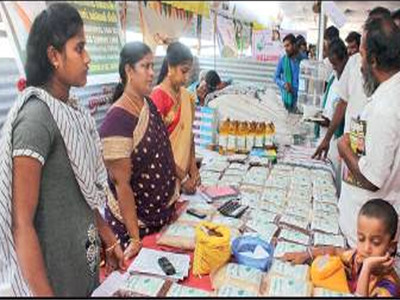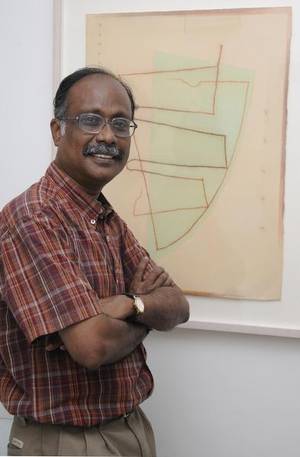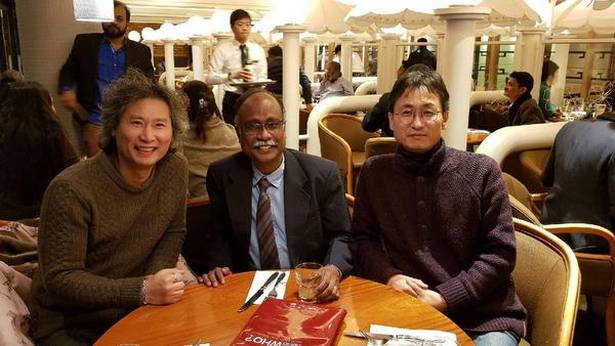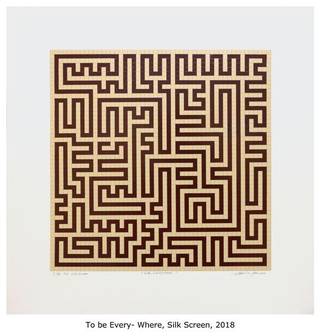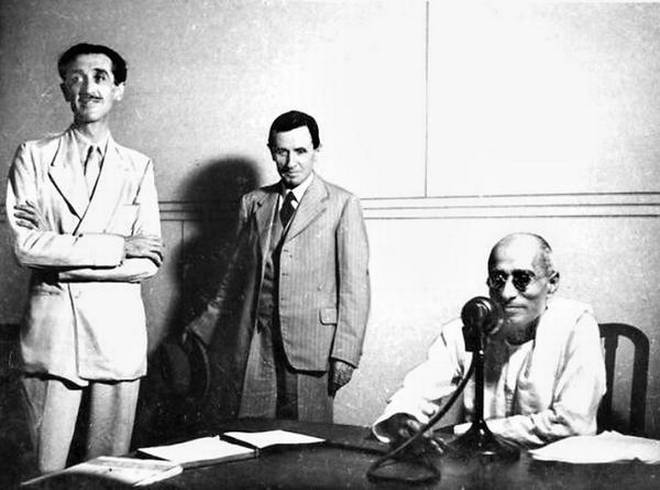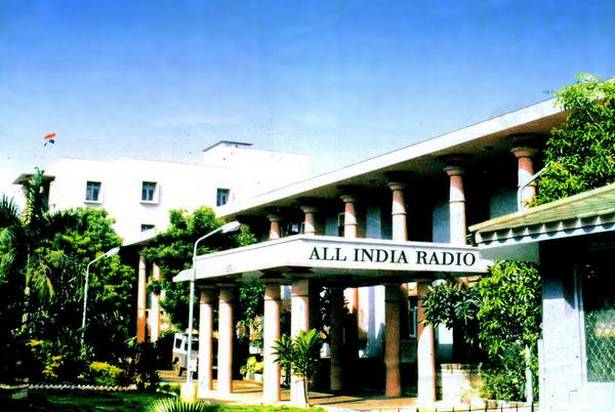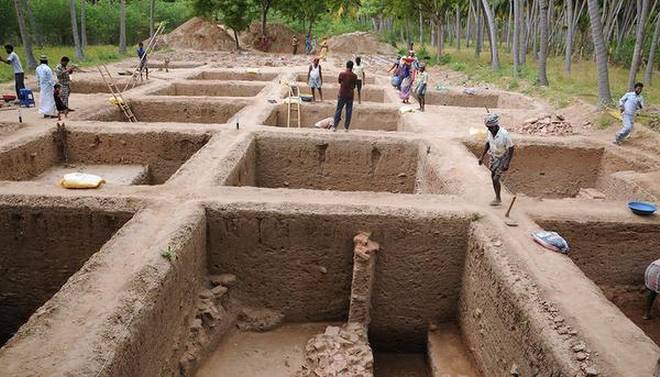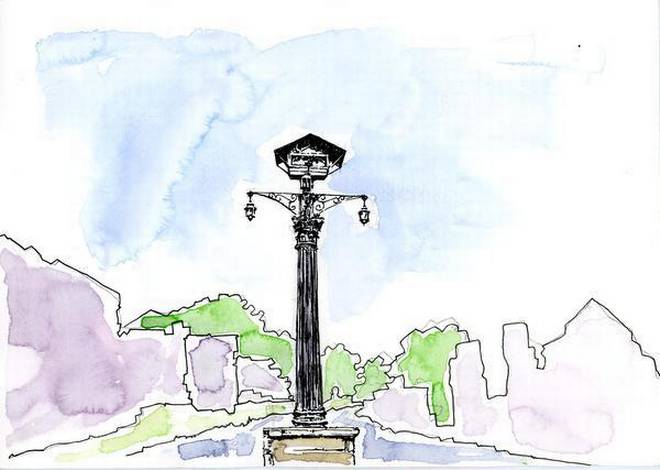
A self-help booklet brought out by INTACH Madurai helps to travel back 2,500 years in time.
As a local or a traveller, when you are ‘selfie-bored’ in a city like Madura, give yourself a couple of hours and a drive of 40-odd kms to understand the brilliance of the city through the ages. There are several gorgeous areas steeped in history but people either don’t know or care or are confused with the timeline and hence unable to appreciate.
Led by INTACH member P Rajesh Kanna, who conceived the idea for the small-sized 48 page guide book, P Pavalamani who wrote the bilingual script in Tamil and English and artist P Gunasekaran who did the illustration, the team undertook several trips, discussed and debated for a year and finally connected the dots to make travel, history, learning and tourism attractive and appealing.
The pamphlet titled “Back 2500 years in a few hours – Madurai through the ages” traces half-a-dozen best lesser known places of importance in the city. “One cannot simply live in or visit the city and not see these hidden spots of history that dominated particular eras,” says Rajesh, who also took lot of guidance from well known art-historian Prof.R.Venkatraman, who passed away in March this year. “This book is also a tribute to him,” he adds.
By starting from Vilakkuthoon and finishing at Kidaripatti with a small detour to Varrichiyur, the pamphlet helps to understand the city’s splendid past. If you follow the route map given with some basic details, brief descriptions, interesting facts, anecdotes and illustrations you step back from 20th century to the 16th, 8th and 1st century to 2nd BC. One of the best things about this travel is that it guides you to the most important monument of that period and helps to redefine the travel experience with a brush of history.
Madurai boasts of countless monuments, says Kanna, but we chose six heritage sites that combine the literary, cultural and spiritual evolution of the ancient city. The start point is Vilakkuthoon. The 150 years old structure is today lost in the buzz of heavy traffic, shops, hawkers and shoppers. But the INTACH booklet reminds you of the days when the imposing lamp post was erected in 1840 by the then Collector Blackburn who is remembered for his foresight in expanding the city and taking it to the next level of modernisation. Today the imposing monument stands at the cacophonous junction of East and South Masi streets where vehicles move bumber-to-bumper and it becomes impossible to walk in the area during festival seasons. Most times people walk or drive past the Vilakkuthoon now and even ignore many spots around and beyond. Instead they could pause.
The next rewind spot is the Vandiyoor Mariamman Theppakulam. It is four km eastward from Vilakkuthoon but two centuries back in time. Dug in 1646 and measuring 305 metres in length and 290 metres in width, the tank over 16 acres is the biggest in South India where the famous float festival is held on the full moon day of the Tamil month Thai. The booklet refers to interesting stories about the birth of the tank to entice travellers to visit the place. It also suggests what other things they can see or do at the destination.
Further eastwards from Teppakulam, the journey takes you to Varichiyoor where two rock cut cave temples – Udhayagiri and Asthagiri — were excavated in the 8th century . In between the two is a huge natural cave belonging to 3rd century BC. From this scenic and natural ambience where, it is believed the Pandya king viewed the sunset daily, the traveller is beckoned to move up north on the Trichy highway and leap back into the 1st century at Yanamalai. It is so called given its resemblance to the shape of a sitting elephant and also finds mention as a sacred site in age old literature of saivite poets and Jain monks. The booklet gives more insight into historical importance of Yanaimalai and its cave temples.
The next suggested halt is at Arittapatti which have Jain caves dating to 2nd Century BC. It is also believed that Pandavas stayed on one side of the Arittapatti hill which also has a beautiful 8th century siva cave temple. The last destination is Kidaripatti on way to Melur and close to Azhagar Malai. Here the eye-shaped natural cave belonging to 9BC are believed to be home to the aborigines of prehistoric time as red ochre rock paintings on the walls suggest. From neo-paleolithic style of 13 thematic rock paintings, a perennial spring and Brahmi inscriptions on stone beds to ponder at, you are almost in a time capsule.
“Our aim was to salvage the many authentic parts of the city,” says Kanna, “and we have tried to present an overview of the important structures against the background of history”. “The illustrations added more dimension to the presentation,” he adds.
When you flip through the pages of the booklet, you will see multiple things in it – from an educational journey to what tourism is trending on today – a delicate balance of local pride, iconic drawing power and a new experience of holidaying.
source: http://www.thehindu.com / The Hindu / Home> Life & Style> Travel / by Soma Basu / Madurai – May 24th, 2018
